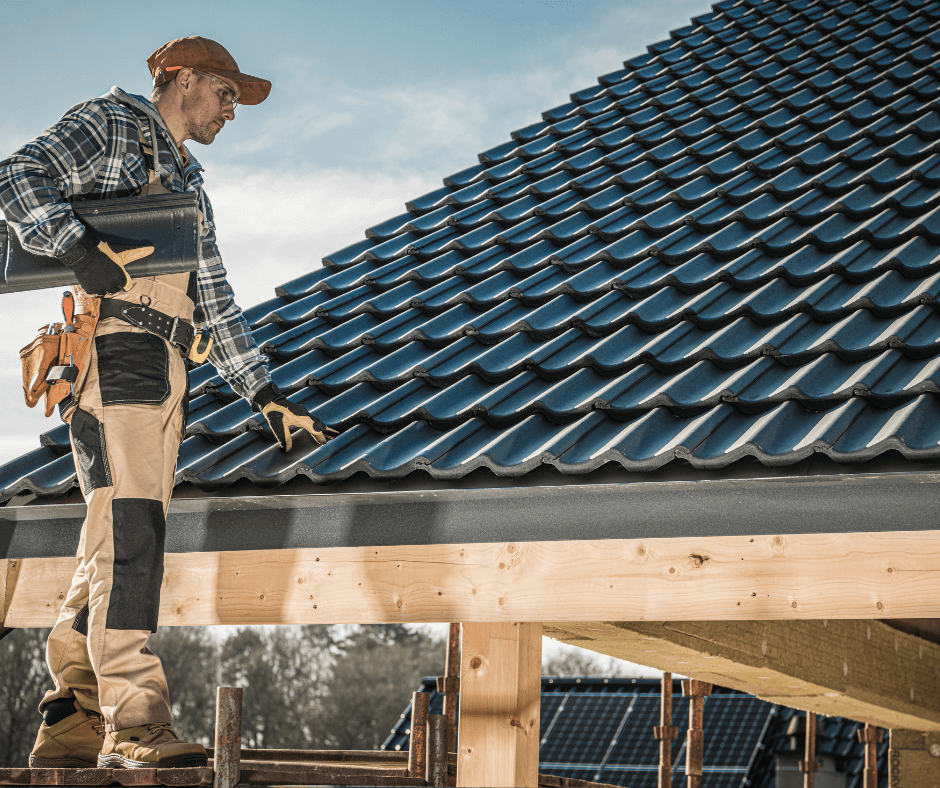
Roofing insurance claims can be complex and challenging for roofing professionals and homeowners. Understanding the dos and don'ts of handling insurance claims is crucial to ensure a smooth process, protect your business interests, and provide the best service to your clients. Read and explore essential tips and guidelines for roofing professionals when dealing with insurance claims. By following these dos and avoiding the don'ts, you can effectively navigate the insurance claims process and achieve a successful outcome.
Do Document the Damage
As soon as you inspect a roof that may require an insurance claim, thoroughly document the damage. Take detailed photographs and videos highlighting all the affected areas. This evidence will be invaluable, providing visual proof of the damage during the claims process.
Don't Delay in Reporting the Claim
Promptly report the claim to the insurance company. Delays can lead to complications and may even result in claim denial. Advise homeowners to contact their insurance company as soon as possible and assist them in understanding the necessary steps to initiate the claims process.
Do Understand the Insurance Policy
Familiarize yourself with the homeowner's insurance policy. Understand the coverage limits, deductibles, exclusions, and any specific requirements or endorsements. Knowing the policy details will help you accurately assess the damage and work within the confines of the coverage.
Don't Promise Guaranteed Coverage
Avoid making promises or guarantees regarding coverage. Insurance policies can be complex, and coverage determinations are ultimately made by the insurance company. Instead, provide homeowners with an honest assessment of the damage and explain the steps you will take to assist them in the claims process.
Do Communicate and Coordinate with the Homeowner
Maintain open and transparent communication with the homeowner throughout the claims process. Keep them informed of any updates, requirements, or timelines. Work collaboratively to gather the necessary documentation and ensure a unified approach when dealing with the insurance company.
Don't Assume All Damage Is Visible
Sometimes, roof damage may not be immediately visible to the naked eye. Educate homeowners about potential hidden damage, such as compromised underlayment or structural issues, which may require further inspection or testing. Encourage them to consult with a qualified roofing professional and provide accurate assessments.
Do Provide Detailed Estimates and Documentation
Prepare detailed estimates and supporting documentation for the insurance company. Clearly outline the scope of work, materials required, labor costs, and any additional expenses. Use industry-standard software or formats to present accurate and professional estimates that align with insurance claim requirements.
Don't Rush the Repair Process
Avoid rushing into repairs before the insurance company has conducted its assessment unless emergency repairs are necessary to prevent further damage. Coordinate with the insurance adjuster to ensure they have an opportunity to inspect the roof and approve the repairs or replacements.
Do Keep Detailed Records
Maintain meticulous records of all communications, estimates, invoices, and receipts related to the insurance claim. This documentation will serve as evidence of the work performed, expenses incurred, and interactions with the insurance company, ensuring transparency and accountability throughout the process.
Don't Forget About Supplemental Claims
In some cases, the initial insurance claim may not cover the full extent of the damage. If you discover additional damage during the repair process, promptly document and communicate it to the insurance company. Submitting supplemental claims ensures that all necessary repairs are covered and completed.
In conclusion, navigating roofing insurance claims requires a proactive and diligent approach. By following the dos and don'ts, roofing professionals can streamline the claims process, protect their business interests, and provide exceptional service to homeowners. Effective communication, documentation, and collaboration with the insurance company and homeowners are key to achieving a successful outcome and maintaining a positive reputation in the industry.